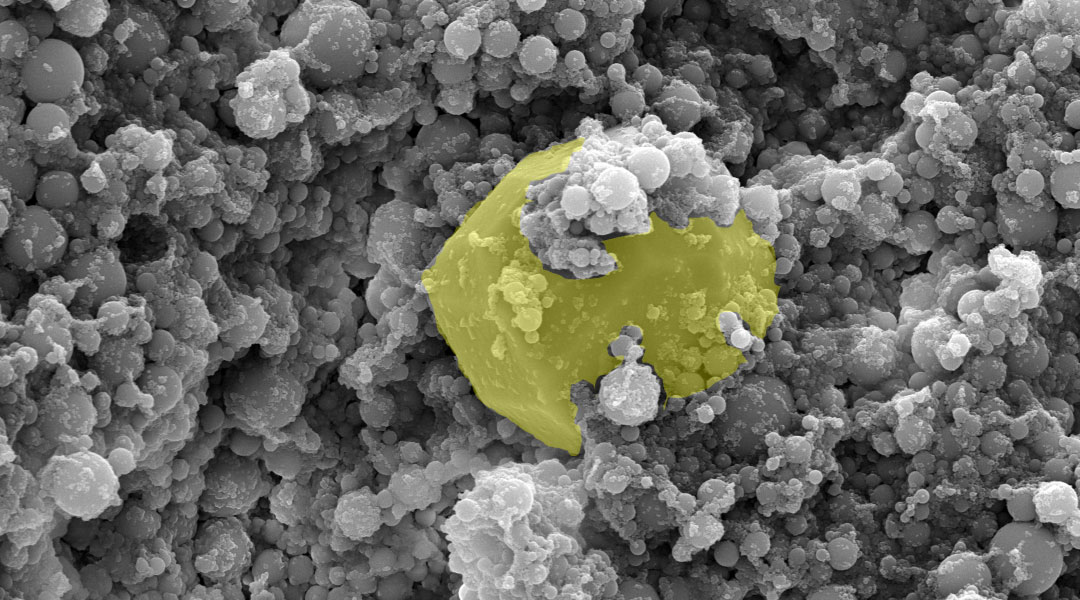In a blend of aesthetics and functionality, researchers have developed a coating that promises to not only cool buildings in the sweltering heat of summer, but add a splash of color to the urban grey. The coatings could reduce our reliance on energy-guzzling air conditioning units, which provide brief relief while aggravating the global warming and energy crisis.
“Our new coatings demonstrate sub-ambient cooling capabilities while offering tunable colors, paving the way for sustainable and visually appealing cooling solutions,” said Dangyuan Lei from City University of Hong Kong, who led the study published in Advanced Optical Materials.
The two-layered material consists of a white base layer and colored fluorescence-enhanced top layer, combining to appear colorful while helping reduce temperatures by up to 1.5 °C below the ambient temperature to ultimately help keep our built environments cool in a warming world.
Not just a pretty surface
For centuries, people in hot countries have painted buildings white to help keep the heat out. White surfaces have high solar reflectance, meaning they reflect a large portion of the sunlight that strikes them. High-impact, low-cost, and entirely sustainable solutions for managing temperatures like this will be increasingly important.
“Passive daytime radiative cooling technology can cool objects without additional energy consumption, which can address the concerns about the global energy crisis and its environmental impact,” said Lei.
Widespread adoption of paint that facilitates cooling may be faster if greater control over the aesthetics was possible, but introducing color typically compromises reflectance because the color absorbs some light, hence warming up the object underneath.
The new technology achieves high reflectance and beautiful colors by incorporating two custom materials: phosphors — materials that absorb sunlight and re-emit it as visible light in specific colors — and silicon dioxide microspheres.
“The phosphors play a crucial role in providing coloration and light conversion,” said Lei. “When excited by sunlight, the phosphors emit photons at longer wavelengths, contributing to the desired color appearance while minimizing heat generation.”
The silicon dioxide microspheres, each 200 times smaller than the point of a pin, play two roles. “Firstly, the silicon dioxide microspheres can further improve the solar reflectance of the coatings,” said Lei.
Secondly, they modify the electromagnetic environment around the phosphors, which helps them emit light more quickly and efficiently, all of which enhances the performance of the coatings for cooling.
Cooling urban environments with radiative cooling
Urban areas are particularly prone to overheating — a phenomenon called the urban heat island effect — and so are in particular need of affordable and sustainable cooling strategies.
“By reducing surface temperatures, especially on buildings and urban infrastructure, passive cooling can help decrease the overall heat load in urban areas, improving thermal comfort and reducing the need for air conditioning,” said Lei.
However, there are some steps to take before this technology is ready for the unforgiving urban environment. “Currently, one of the barriers to using these coatings in real-world situations is the lack of waterproof properties,” said Lei. A definite problem for an outdoor paint.
However, given the pressing need that the coatings address, the challenges are worth tackling. The potential applications are huge and the technology is well-placed to integrate with existing supply chains.
“We envision these coatings being used in building surfaces, vehicles, and electronics,” said Lei. “One of the advantages of these coatings is their compatibility with existing structures and materials commonly used in manufacturing. They can be integrated into various substrates, including metals, plastics, and textiles, without requiring significant modifications to the manufacturing processes.”
Record-breaking temperatures are likely to become more frequent, intense, and long-lasting in the coming years. The steps we take to mitigate and manage the impact on human health cannot rely on solutions that perpetuate the problem and exacerbate inequalities such as air conditioning.
Perhaps technology like this fluorescence-enabled colored coating could make the future just a little brighter, and cooler.
Reference: Dangyuan Lei, et al., Fluorescence-Enabled Colored Bilayer Subambient Radiative Cooling Coatings, Advanced Optical Materials (2024). DOI: 10.1002/adom.202303296

















